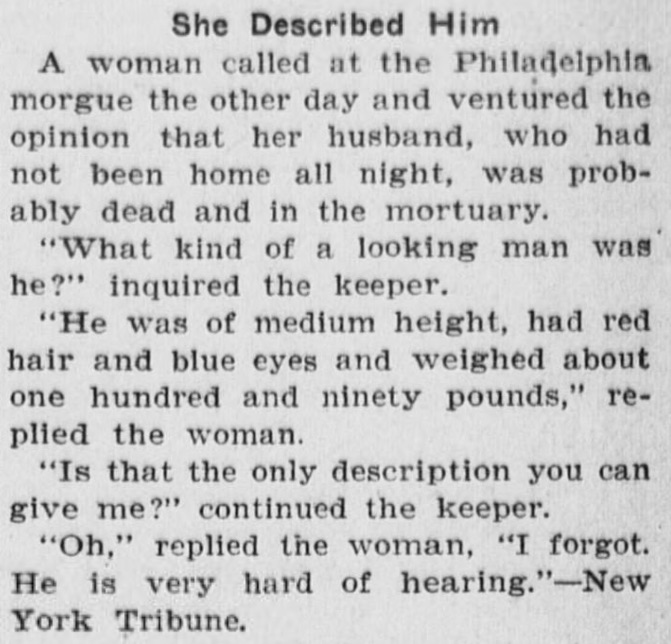
In the late 1800s and early 1900s, the Philadelphia morgue was the center of numerous scandals, from theft to selling off the deceased. It was also a place where people came to not only find missing relatives but to get healed by some superstitious procedure.
Needless to say, the Philly morgue was an interesting place with one of a kind people working on the inside.

A Habit of Selling Off Bodies
If you were not identified in the Philly morgue, the chances were pretty high that your corpse would be sold off to a medical school for dissection.
Back in 1873, the Philadelphia Morgue was in trouble once again. The coroner was “in the habit of selling bodies interested to him for burial.”
Yes, not only did that particular coroner sell off the unclaimed, but there were many instances where families unknowingly buried empty caskets because their loved ones’ bodies had been sold off to a local medical school.
The medical school was usually Jefferson College. They bought bodies for their students to dissect and would often arouse the suspicions of the locals whenever a body went missing. [1]
Bodies Exhibited
The unknown bodies of the dead were exhibited in the Philadelphia morgue so that the bodies could be identified by friends and family.
In an article published in 1897, a keeper of the morgue had some interesting insights into who can accurately identify the bodies of the unknown:
“If the face of the dead person is perfectly composed and natural, of course intimate friends or relatives recognize them immediately. But, he says, if the face is distorted through pain or disfigured by injuries, a casual acquaintance can identify the body much easier than the closest relation. He explains this by saying that people who have known a person well for a long time lose sight of the features and see rather the personality reflected in the lines of the face. A casual acquaintance notes the features and can recognize them when seen again, even if considerably distorted.” [2]

Only Feared Crickets
An odd bit of news about the night attendant of the Philadelphia morgue was published in 1906.
Fritz Weidemann was employed at the morgue for twelve years when it was discovered that the man had a fear of crickets:
“When asked about this idiosyncrasy, Fritz was down in the cold, chill basement, and as he spoke he shoved a body back into its compartment with the affectionate concern of a housewife putting a loaf of bread into the oven.”
According to Fritz, “One night – it was about midnight – I was down in the basement fixing up an arrival when ’t’veek’ went a cricket in the wall. Well, I was so scared that I let the ice fall and broke it into pieces and with all my might I hurried up to the office and turned the electric light on full. Then, by and by, I snuck out on tiptoe.
“I tell you, I don’t want any crickets in the morgue. I would not even take the body of an unidentified cricket for you can never be sure what those crickets are going to do, living or dead.” [3]

Heat Wave and an Overstuffed Morgue
A heat wave travelled across the U.S. in the summer of 1911. Temperatures rose above 90 degrees F and, we must remember, there were no air conditioners or central air units at that time. When the heat struck, people died.
Large city morgues were getting overcrowded and it was reported to be as bad as in times of war. The Philadelphia coroner had to finally announce that his morgue was full and new place was needed to store the bodies of the deceased.
In one day, July 5, 1911, there were thirty-seven sudden deaths. Nineteen deaths were said to have been due to the heat, putting the total body count from the heat wave in Philly up to forty-one fatalities. [4]

